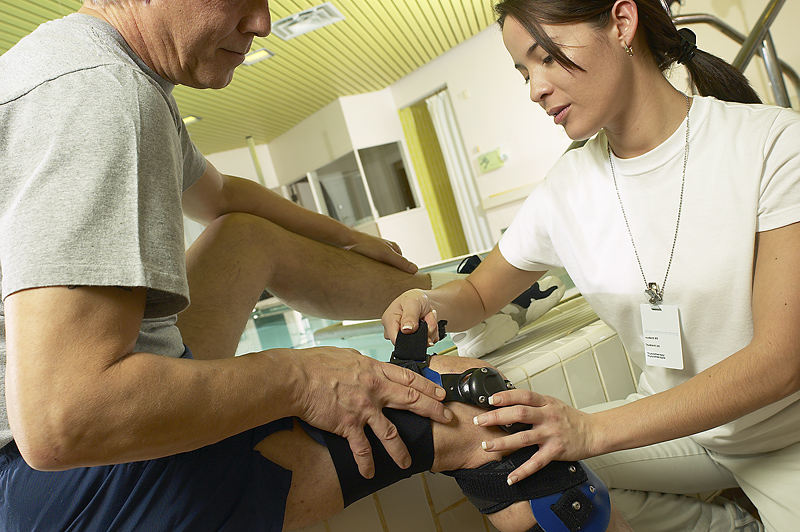WEDNESDAY, Dec. 7, 2016 (HealthDay News) — Falls can prove very disabling for the elderly, and new research suggests that measurements of healthy older adults’ brain activity may help determine their future risk.
“Our findings suggest that changes in brain activity that influence walking may be present long before people exhibit any sign of walking difficulty,” said study lead author Dr. Joe Verghese. He directs the Montefiore Einstein Center for the Aging Brain in New York City.
Verghese believes the research might even help in falls prevention. “We need to find the underlying biological mechanisms or diseases that may be altering brain activity and, if possible, correct them to prevent falls,” he explained.
The new research involved 166 people averaging 75 years of age with no disabilities, dementia or difficulty walking at the beginning of the study.
All of them underwent brain scans to assess activity in the prefrontal cortex of the brain while they performed specific tests: walking, reciting alternate letters of the alphabet, and then doing both at the same time.
Over four years of follow-up, 71 of the participants (43 percent) reported a total of 116 falls, and 34 of them fell more than once. Most of the falls were minor, with only 5 percent resulting in fractures, the researchers said.
Higher levels of brain activity in the combined “walking and talking” test were associated with a higher risk of falls, with each incremental increase in brain activity linked with a 32 percent higher risk of falling.
This association remained even after the researchers accounted for other fall risk factors, such as slow walking speed, frailty and previous falls.
However, there was no link between fall risk and brain activity levels while either just walking or talking (but not both at once), Verghese’s group found.
Two experts in brain health who reviewed the study said it gives insight into why falls are more common with age.
“The human brain is an incredibly efficient organ, that when healthy, uses precise activation of focal circuits for different activities,” said Dr. Gayatri Devi, a neurologist at Lenox Hill Hospital in New York City. “The loss of such precision with associated widespread recruitment may be a sign of impending brain illness.”
The new study showed that “those who activated more areas of their brain while walking — in other words expended more brain effort — were more likely to fall in the subsequent four years,” she said.
Verghese said: “These findings suggest that there may be changes in brain activity before physical symptoms like unusual gait appear in people who are more prone to falls later.”
Dr. Paul Wright is chair of neurology at North Shore University Hospital in Manhasset, N.Y. He believes that a brain scan test like the one used in the study might someday be used to help predict and prevent falls in the elderly.
Using the results of the test, “physicians may then be able to use this information to educate and counsel their patients with behavior-modification techniques” to reduce fall risk, Wright said.
The study was published online Dec. 7 in the journal Neurology.
More information
The U.S. National Institute on Aging has more about falls and older adults.
Copyright © 2025 HealthDay. All rights reserved.

